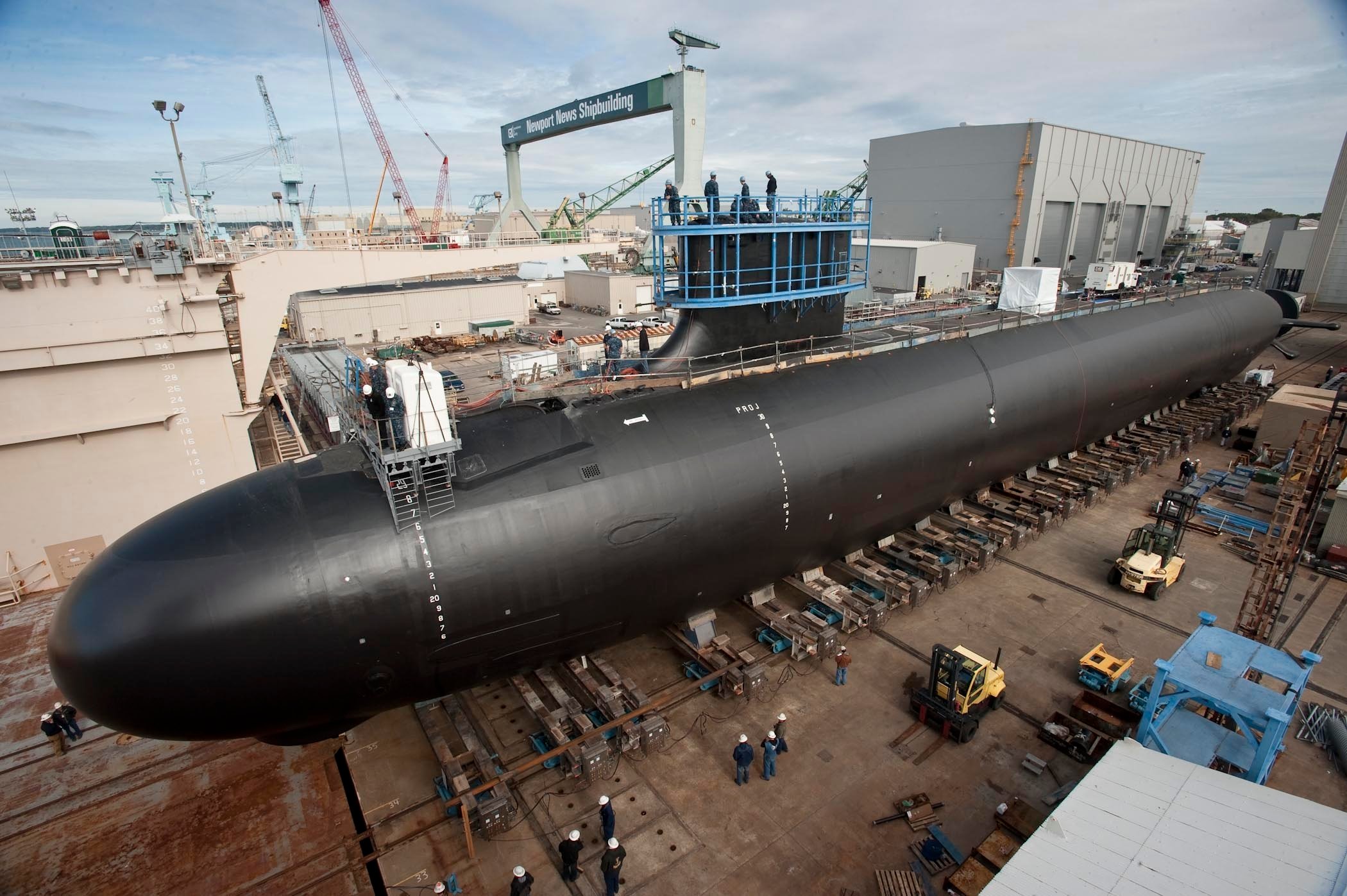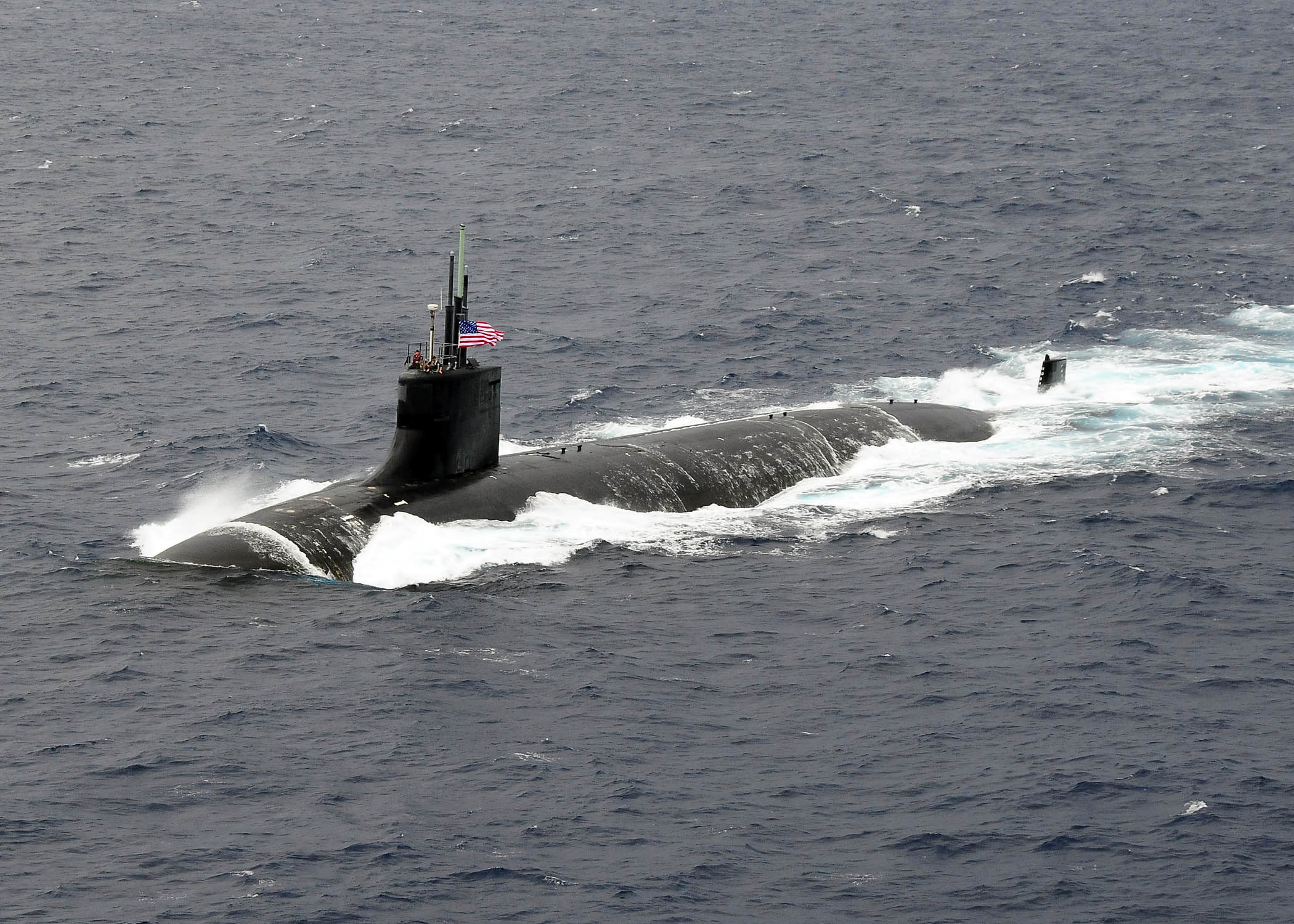
The following is an excerpt from the book F.I.R.E. – How Fast, Inexpensive, Restrained and Elegant Methods Ignite Innovation, Copyright © 2014 by Dan Ward. Reprinted courtesy of Harper Business, an imprint of HarperCollins Publishers
In 1995 Congress terminated the US Navy’s Seawolf submarine program (SSN-21) citing a mismatch between the projected $33.6 billion cost for twelve submarines and the fact that the Soviet navy was not quite the threat it had been in the early 1980s when Seawolf began.
Original plans called for as many as twenty nine Seawolves, but the Navy ended up with three, at an estimated cost of approximately $4.4 billion each. As so often happens on defense programs, the costs and delays had piled up significantly over the years. A 1993 report by the Government Accountability Office (GAO) calculated that “it will cost $683 million… which is 125 percent over the original contract cost estimate.”
Other aspects of the program had similar problems, so Congress told the sea service to cut its losses and start over. The Navy needed something much less expensive and less complex than the Seawolf. Thus the Virginia-class (SSN-774) submarine program was born.
Let’s skip straight to the punch line: in December 2011, the Virginia- class USS Mississippi (SSN-782) was commissioned a year ahead of schedule and $60 million under budget. This was an impressive encore to the USS New Hampshire (SSN-778), which in 2008 came in eight months early and with $54 million left over. Prior to that, the USS New Mexico (SSN-779) was delivered four months early, having required a million fewer work hours than its predecessor, the USS North Carolina— you get the picture. These continuous cost underruns came on top of an already reduced price tag, and in the final accounting each Virginia sub cost a bit under $2 billion, which as you recall is less than half the price of a $4.4 billion Seawolf.
The Navy’s Virginia team relentlessly pursued features that were less expensive, required less maintenance, lasted longer and were less complicated to install, without reducing the boat’s ability to do the job. One such feature was a “wet” sonar system instead of the pricier, more complicated sonar array used on other subs. Another was the payload integration module, which offered a modularized, mission- configurable weapons bay. This allowed the boat to adapt as mission needs changed, and reduced costs by $20 million per hull.
No policy, regulation or law required this approach. Instead, the project leaders genuinely believed it was important to be fast, inexpensive, restrained, and elegant and they made decisions accordingly. They pursued speed, thrift, simplicity, and control at every opportunity, understanding that these principles would enhance not only programmatic performance (cost and schedule) but also the final product’s operational performance. The result was a fleet of submarines that was not only delivered early and under budget, but also performed impressively at sea.

In what are perhaps my favorite lines from any government report ever, a GAO report explains the Navy modified three critical requirements by making them less demanding: The original requirements, they determined, “were unrealistic and would not be worth the cost needed to achieve them.” In addition, they noted, “the change will not affect operations.”
I love everything about those two comments, but I’m particularly smitten by the second: the change will not affect operations. Obviously, changes like this make sense only if the resulting system can still get the job done. And indeed, the Virginia submarines passed their sea trials and are serving proudly today. Even if you’re not in the submarine business, I suggest enshrining those two lines on a brass plaque, or at the very least on one of those yellow sticky notes, and posting them somewhere prominent.
Now, the Virginia- class submarines are not perfect. In 2010 they had a little problem when sonar- absorbing coatings sloughed off at sea, reducing the sub’s stealthiness. I don’t want to trivialize this situation, but I also don’t want to make too much of it. The Navy resolved the problem in relatively short order, with minimal impact to operations.
Such technical problems should not be taken lightly, but neither should they be treated as an indictment of the high- speed, low- cost approach to development. Similar problems regularly pop up in more traditionally managed programs. Spending more time and money on the Virginia subs might— might— have prevented this particular problem, but would have surely introduced any number of new problems, both technical and programmatic. As proof, allow me to direct your attention back to the terminated Seawolf program.
At the end of the day, the Virginia- class submarines offer compelling evidence for the feasibility of building high-tech stuff under budget and ahead of schedule. The Navy’s experience shows that delays and overruns are not inevitable, and if it can do this on such a big, expensive project, surely the rest of us can do it on our projects as well.





